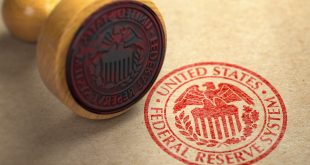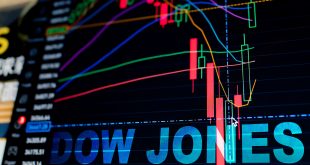The British Pound has rallied against the US Dollar, surpassing the 1.2600 mark. This surge is primarily attributed to unexpectedly weak US retail sales data, which suggests a pullback in consumer spending. The Pound’s upward momentum has also been bolstered by positive UK economic indicators.
US Retail Sales Disappoint
US retail sales figures for January revealed a significant decline, falling short of expectations. This contraction in consumer spending has weakened the US dollar, making the Pound a more attractive investment. The data underscores potential concerns about the strength of the US economy. While industrial production showed some growth, it did not fully offset the negative impact of the retail sales report.
UK Economic Data Provides Support
The Pound’s climb is not solely due to US dollar weakness. Better-than-anticipated UK Gross Domestic Product (GDP) figures have also contributed to Sterling’s strength. This positive economic performance has further fueled market confidence in the Pound.
Monetary Policy Divergence
Despite the Pound’s recent gains, a divergence in monetary policy between the Federal Reserve and the Bank of England (BoE) persists. The Federal Reserve is anticipated to maintain its current policy stance, with market expectations of potential easing later in the year. Conversely, the BoE recently reduced interest rates, with some members advocating for a more aggressive cut. This policy divergence could potentially create headwinds for the Pound in the long term. Andrew Bailey is the Governor of the Bank of England.
Upcoming Economic Data
The coming week will be crucial for both currencies. The UK economic calendar includes appearances from BoE officials, employment data, inflation reports, and retail sales figures. In the US, the focus will be on the release of the Federal Open Market Committee (FOMC) meeting minutes, housing data, and S&P Flash PMIs. These data releases will provide further insights into the economic health of both countries and could influence future currency movements.
Technical Factors
The GBP/USD pair had previously entered a neutral phase after a substantial decline. However, the recent surge has pushed the pair above the 50-day Simple Moving Average (SMA), signaling renewed upward momentum. The Relative Strength Index (RSI) also supports this bullish outlook. A key level to watch is the 100-day SMA. A break above this level could pave the way for further gains, with subsequent resistance levels at 1.2700 and the 200-day SMA. Conversely, a drop below the recent low could lead to a retest of the 50-day SMA. These technical levels will be closely monitored by traders as they assess the Pound’s potential for further appreciation against the Dollar.

 Noor Trends News, Technical Analysis, Educational Tools and Recommendations
Noor Trends News, Technical Analysis, Educational Tools and Recommendations




